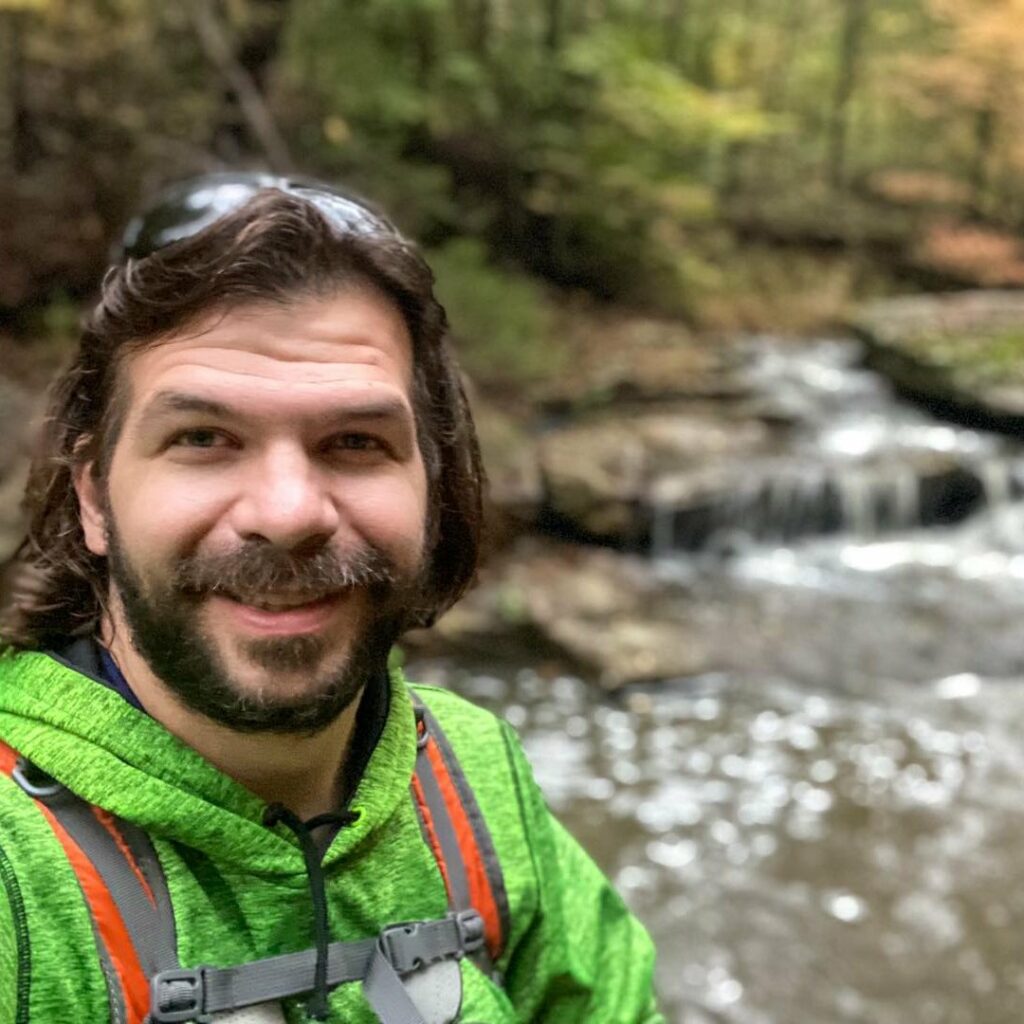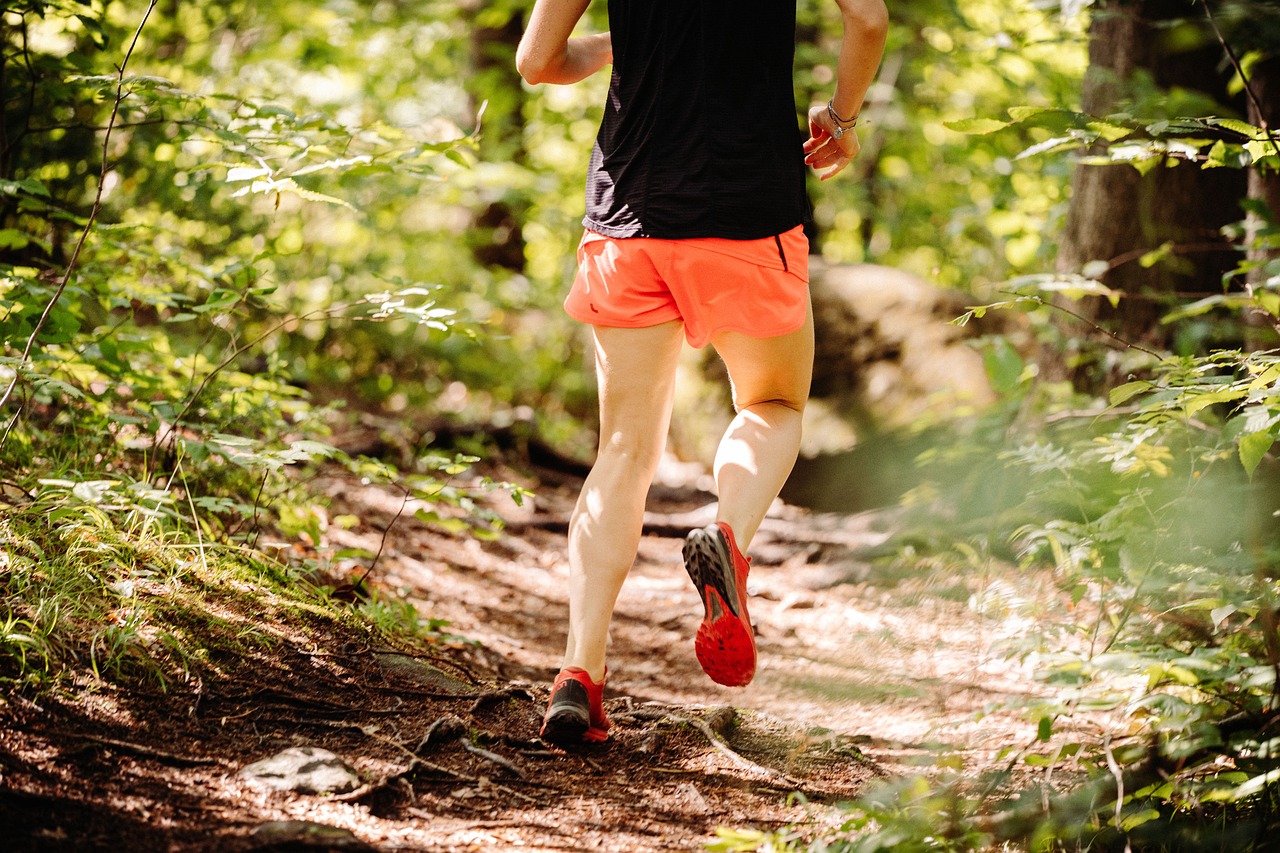How to be an Ultralight Hiker
Do you want to be an ultralight hiker? Do you even know what ultralight hiking is?
Ultralight hiking can be summed up as hiking with the least amount of gear possible and only taking what you really need rather than what you might need.
The advantage of being an ultralight hiker is having less on your back. That gives you more energy. It prevents injury. You can typically go farther when ultralight hiking.
The disadvantage is that it does not have everything that makes you a comfortable hiker. Taking everything you typically would is not going to be possible. You’ll only take what you absolutely would need. And you’ll typically sacrifice features for weight reduction, too.
Ultralight hiking isn’t for everyone, but some might enjoy it. In this article, I want to cover how you can be an ultralight hiker by focusing on what you should wear, take with you, and alternative gear to reduce weight. Let’s get started!
What should an Ultralight Hiker wear?
To summarize, an ultralight hiker should wear as little as possible.
You don’t want to break any laws and get banned from any trails here. But you want to be conscious about your clothing weight for ultralight hiking.
For both genders, a good option is spandex. You can wear spandex running shorts or tights if it’s colder. Spandex is super lightweight and fits against the skin, decreasing drag. It’s not fashionable to some people, but it’s extremely functional. Cyclists depend on it to be lightweight and fast; an ultralight hiker can depend on it too.
But not everyone is into spandex, and that’s fine. An alternative is running shorts, the baggier kind, and these shorts are very popular in the ultralight hiking community. They’re typically shorter, and a pair of tights underneath them is perfect for colder weather.
As for a top, compression shirts, sports bras, and technical shirts are great options. A fleece or wool running jacket is good for colder hikes.
Simple athletic-type socks will be the best because they’re thin, typically compression-based, and very lightweight.
The best shoes for ultralight hiking are trail runners. They’re not usually water resistant, so having a plan to dry them off overnight (if camping) is always a good idea.
Other than that, gloves are always a good option, and a lightweight beanie protects your hands and ears from colder weather, which can make you miserable.
What should an Ultralight Hiker pack?
The simple answer for this one is that an ultralight hiker should pack as little as possible.
Your main weight is what items you pack. The more items you pack, the heavier your gear load gets and the less of an ultralight hiker you are.
The best way to start out is to force yourself to pack less by choosing a backpack, fanny pack, or hydration pack that carries less gear. You might try to keep the pack under 12 liters if possible. It’s best to splurge on your backpack and choose an option built with very lightweight materials. Oddly enough, these packs are typically expensive compared to heavy packs using more material. Avoid a backpack’s normal features, like multiple pockets and storage features.
Keep it simple and lightweight.
Choose the gear you’ll only need for the hiking you plan to do.
An emergency rain poncho is good for rain and good for shelter. It’s extremely lightweight and can fit in the palm of your hand when packed. A set of trekking poles and a little paracord can quickly turn it into a tent.
A lightweight puffy sleeping bag or quilt is all you need to stay warm. This, of course, depends on the temperatures. Again, even if you’re not wearing them on the hike, a pair of tights and a long-sleeve compression shirt are really lightweight. You can pack them for extra layers to wear when you sleep.
An ultralight hiker shouldn’t pack as much gear as normal hikers.
Carry a headlamp with one extra set of batteries. Carry a lighter or waterproof matches to build a fire just in case or to get your trail runner dry.
Water will be your heaviest item. If you know there will be running water on the hike, take a small filter and filter when needed. Just don’t get yourself into a situation where you might dehydrate.
Bring food items that are small and compact but have plenty of carbs and fuel in them to keep you going. Dehydrated fruit, nuts, and trail bars that are “meaty,” like Cliff bars, rice, pasta, and items like that, will be your best bet. Stuff you can eat with your hands to save on utensil weight.
A small Ziploc bag of basic essential first aid supplies should be all you need for a first aid kit. A few Band-Aids, some Tylenol, any additional medicines you would need, Neosporin cream, and tweezers would make for a great ultralight hiker first aid kit.
Maps, a small compass, apps on your phone, an extra phone cord, and a small battery pack are good items to back. Remember they must be “small” and “lightweight” when choosing these items.
Having a knife is good – a bigger pocket knife would be good enough.
Personal items such as a small tissue pack (good for TP as well), hygienic items, and a small travel hand sanitizer bottle are good to include.
A pocket rocket stove, a small canister of fuel for the stove, and one cooking cup are good items. You can use the cup for eating, drinking, coffee, etc.
That’s about it. You might throw in a lightweight sleeping pad and pillow if necessary.
Additional Ultralight Hiking Tips and Hacks
Always try to keep “weight” and “size” in mind when choosing gear unless it’s vital to your survival, like water and food.
Consider just having one outfit that you wear to the hike. It might get stinky after a day, but at least you’re not carrying extra weight.
If you can take only a little bit of something rather than all of it, then just take a little bit. Wrap a few strands of duct tape around your trekking pole rather than take a whole roll. Take 5 band-aids rather than the whole box. Only take what you’ll likely use.
Leave No Trace – If you pack it in, pack it out. Take an extra Ziploc bag for trash and waste. A teabag thrown in can help control any smells from it.
Some ultralight hikers use tarps for tents instead of actual tents. Tarps are a bit stronger than emergency rain ponchos but typically weigh a little more. However, they weigh less than a tent. Hammocks also tend to weigh less than tents.
An extra pair of socks could be better for camping footwear than an additional pair of shoes. But if you must have a pair of camp shoes, flip flops or crocs will be the most lightweight options.
Choose gear that has a multi-purpose. If you can find items that will do many different things, go with those versus taking individual items for each need.
If you take spare clothes, put them in a stuff sack and use them as a pillow versus bringing a pillow with you, too.
Smart water bottles weigh significantly less than most hiking water bottles.
Weigh your pack with all your gear. Then try to sacrifice some of the gear and weigh it again. Have a weight limit goal.
Before Ultralight Hiking, Make Yourself Better
Every seasoned ultralight hiker out there will beg you to be better to yourself before you start ultralight hiking.
This means you need to get into better shape!
When you’re healthier and stronger, hiking will be a lot easier.
I’ve discovered that cycling is a great way to be a stronger hiker. It works out my legs, and when I ride in hillier conditions, hiking on hills is a lot easier, too.
But you may choose other exercises to help make you stronger as a hiker. Those could be running, trail running, swimming, spinning, gym fitness, and other forms of cardio.
Weight training is always a good idea, too. Build up muscle strength to be able to carry more things. But carrying less is the ultimate goal of any ultralight hiker.
Being a healthy hiker doesn’t just stop at fitness. You should try to eat right and eat the right kinds of food based on your physical activity.
Sometimes it’s best to seek opinions from a medical provider before doing this. Make sure it’s safe and healthy for you to do it first.
And that sums up my advice on how to become an ultralight hiker. Use the recommendations and tips above, and you’ll have no issue starting your ultralight hiking journey. If you enjoyed this article and want to see more like it, subscribe to my free newsletter so you never miss anything that I have to put out.
Please Support Hiking with Shawn
Alrighty folks, I hope you have enjoyed this content. I provide it for free and it takes a while to create. If you would be so kind enough to support my efforts, you can do so by sharing this post with others, especially on social media. Be sure to subscribe to my YouTube Channel to see my latest videos, shorts and live streams. Follow me on Facebook, Instagram, Twitter and TikTok for unique content that you will only find on those pages. You might also join my Southern Illinois Hiking & Outdoor Resources Group on Facebook, too!
You can also support me by becoming a Patreon Supporter for as little as $3/month and you can cancel anytime (no contracts or catches). Patreons get access to extra features, exclusive articles, sticker packs, gifts and more. Consider buying official Hiking with Shawn Merchandise as another way to support me. I spend a lot of money on Hiking with Shawn and because of extremely high public land permit fees, I make very little money in return so everything helps.
Thanks again for checking out another one of my articles and until next time, I’ll see you on the trail!

Shawn Gossman
Founder, Hiking with Shawn
Howdy folks! My name is Shawn Gossman and I founded Hiking with Shawn. I’m an avid hiker, cyclist and outdoorsman here in the Shawnee National Forest. I was born and raised in Southern Illinois and never want to leave. Click here to learn more about Shawn Gossman


